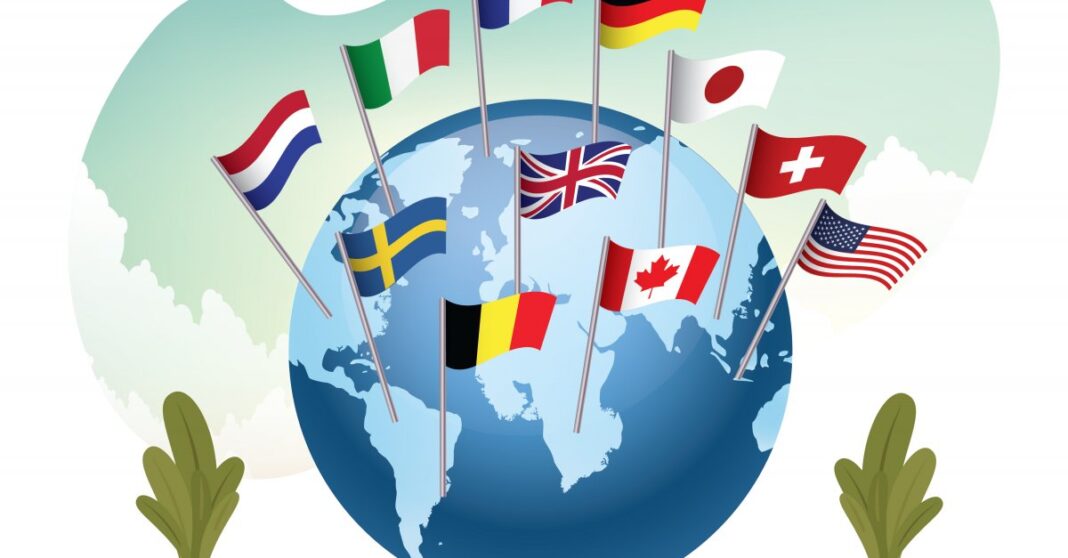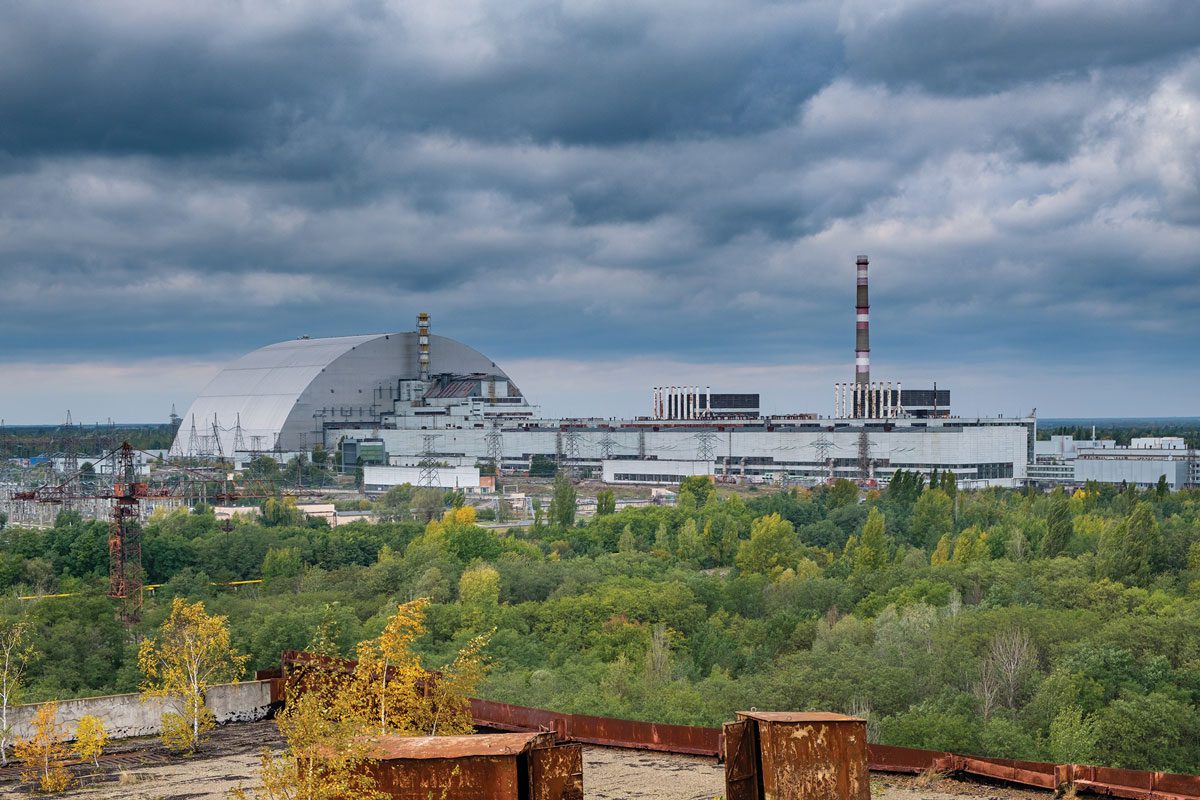The Kyoto Protocol stands as a beacon of international collaboration aimed at mitigating the environmental impact of human activities on our planet. This comprehensive article aims to dissect the intricacies of the Kyoto Protocol, making this complex agreement accessible to readers from all walks of life.
The Basics
Kyoto Protocol in a Nutshell
The Kyoto Protocol is an international treaty that addresses climate change by reducing greenhouse gas emissions. It was adopted on December 11, 1997, in Kyoto, Japan, and entered into force on February 16, 2005. The protocol was an extension of the United Nations Framework Convention on Climate Change (UNFCCC), which was established in 1992.
- Greenhouse Gases: The protocol targets six major greenhouse gases: carbon dioxide (CO2), methane (CH4), nitrous oxide (N2O), hydrofluorocarbons (HFCs), perfluorocarbons (PFCs), and sulfur hexafluoride (SF6).
- Emission Reduction Targets: Participating developed countries and economies in transition (countries with economies in transition from centrally planned to market-based economies) committed to specific emission reduction targets. These targets were designed to collectively reduce emissions to a level that would help mitigate the impacts of climate change.
- Common but Differentiated Responsibilities: The protocol recognizes the principle of “common but differentiated responsibilities,” acknowledging that all countries share the responsibility of addressing climate change, but developed countries, historically responsible for the majority of emissions, should take the lead in reducing them.
- Flexible Mechanisms: To enhance cost-effectiveness and flexibility, the Kyoto Protocol introduced three market-based mechanisms:
- Emissions Trading: Countries also trade in emissions allowances to meet their targets.
- Clean Development Mechanism (CDM): Developed countries could invest in emission reduction projects in developing countries and earn credits.
- Joint Implementation (JI): Countries with emission reduction commitments could implement projects in other such countries and earn credits.
Global Participation
To make this environmental handshake official, 84 countries signed up, and an impressive 192 countries joined the pact, committing to the shared goal of environmental stewardship.
You may also want to Understand Bonn Climate Summit
Legal Commitment
What sets the Kyoto Protocol apart is its legally binding nature. This isn’t a mere gentlemen’s agreement; countries are obligated to adhere to the outlined rules and work collectively towards a healthier planet.
Navigating the World of Greenhouse Gases
Identifying the Culprits
The Kyoto Protocol singles out six major greenhouse gases, often considered the troublemakers of our atmosphere:
- Carbon dioxide
- Methane
- Nitrous oxide
- Hydrofluorocarbons
- Perfluorocarbons
- Sulfur hexafluoride
Setting Targets
Each participating country is also given specific targets to reduce the emission of these gases, emphasizing the importance of individual contributions to the global cause.
The Kyoto Timeline
Commencement
The Kyoto Protocol officially came into force on February 16, 2005, marking the initiation of a concerted effort to combat climate change.
First Run: 2008-2012
The initial commitment period witnessed the participation of 36 countries diligently working towards emission reduction. However, despite these efforts, global emissions increased by 32% between 1990 and 2010, partly attributed to the financial crisis of 2007-08.
India’s Unique Position
Favorable Terms
India, in joining this global environmental team, secured a unique position. Exempted from binding commitments on greenhouse gas emissions, India justified this exemption by emphasizing its ongoing socio-economic development.
The Doha Amendment: A Sequel to Kyoto
Need for Change
The Doha Amendment, adopted during the eighth session of the Conference of the Parties serving as the meeting of the Parties to the Kyoto Protocol (CMP) in Doha, Qatar, on December 8, 2012, outlined emission reduction targets for the period 2012-2020. This second commitment period aimed to extend and build upon the efforts initiated in the original Kyoto Protocol.
Global Dynamics
- 37 countries: Committed to new targets.
- Canada’s Exit (2012): Canada decided to withdraw from the Kyoto Protocol.
- 135 countries: Accepted the Doha Amendment.
- Threshold for Entry: Set at 144 countries accepting the amendment, with 147 already on board.
India’s Stance
India actively participated in the second commitment period, ratifying the Kyoto Protocol to meet emission targets for the period 2012-2020. This move solidified India’s commitment to ongoing global environmental initiatives.
Final Reflections
In essence, the Kyoto Protocol, despite its formalities and legal intricacies, is a shared pledge to safeguard our planet. It symbolizes a collective promise to clean up after the global ‘party’ of industrialization, ensuring a healthy and sustainable Earth for current and future generations.
So, whether you are in India or Canada, part of the first commitment period or the sequel, the overarching goal remains clear: to foster a planet that thrives. Here’s to a shared commitment to the well-being of our home, the Earth. 🌍✨





